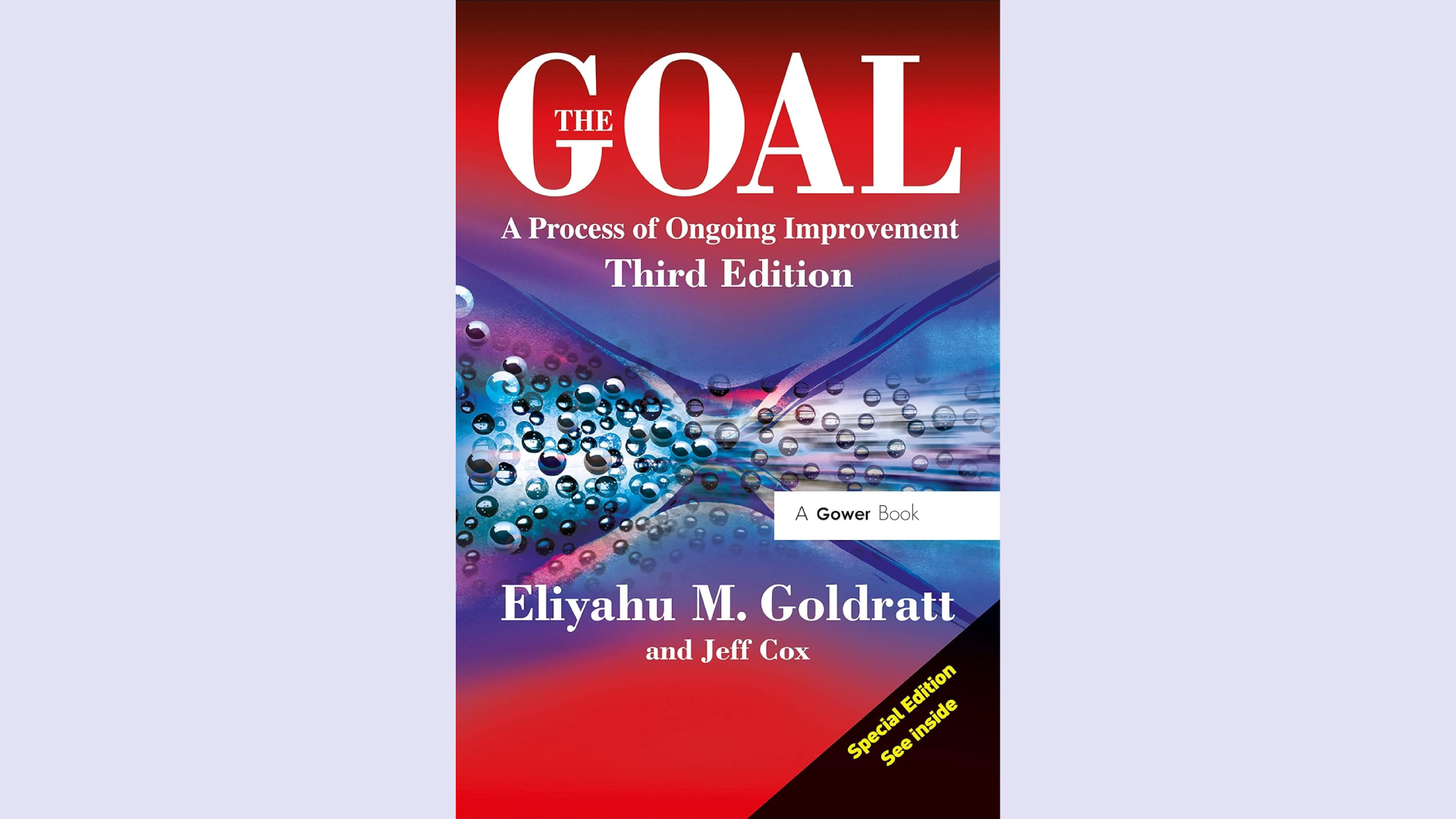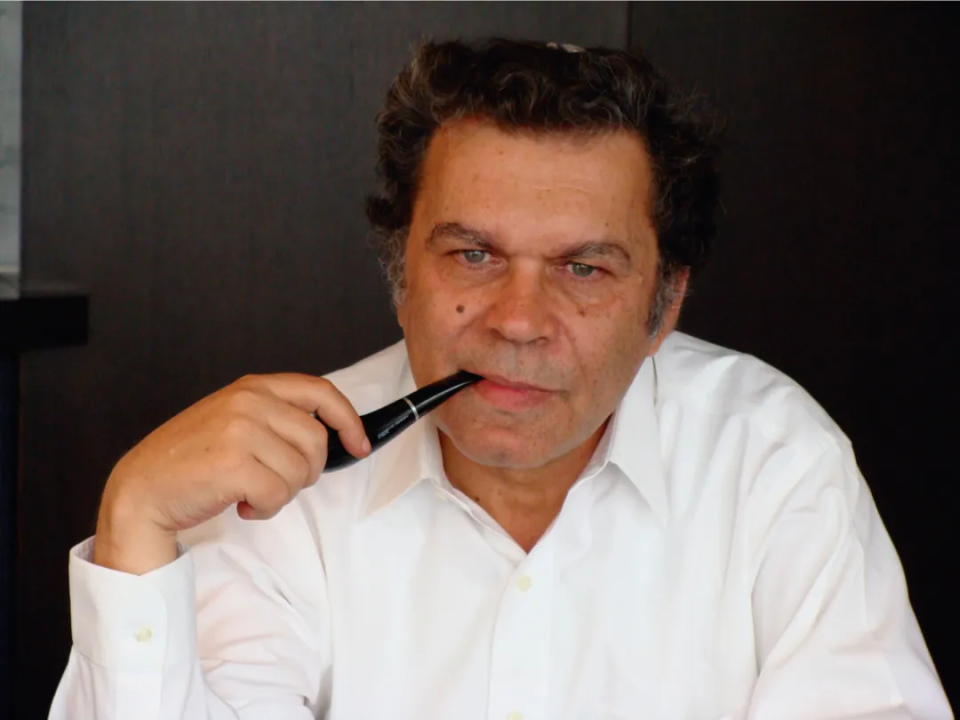Summary: The Goal by Eliyahu M. Goldratt

In the quest for optimal business performance, entrepreneurs often encounter challenges that can impede growth and profitability. One transformative approach to overcoming these hurdles is the Theory of Constraints (TOC), a concept masterfully introduced in Eliyahu M. Goldratt’s seminal book, "The Goal." This methodology is not just a theoretical framework; it’s a practical toolkit designed to revitalize your operational efficiency and strategic decision-making. Let’s delve into how you can apply TOC to enhance your business operations.
Identifying Your Bottlenecks
Every business process has production, sales, or supply chain management constraints. The first step in applying the Theory of Constraints is identifying the most critical bottleneck in your operation. This constraint is the weakest link in your chain, limiting your ability to produce results and achieve goals. For entrepreneurs, recognizing and acknowledging this bottleneck is pivotal. It could be anything from a slow manufacturing process to inadequate sales strategies or even a lack of skilled personnel.
As Goldratt famously stated, "Identify the system's constraints. Decide how to exploit them. Everything else follows." This directive underscores the importance of pinpointing and managing bottlenecks for enhanced operational flow.
Exploiting the Identified Constraints
Once you pinpoint your constraint, the next step is fully exploiting it. This means making the most of what you have. For instance, if the constraint is the production capacity, ensure that the machine or process runs optimally without downtime. Simplify the process by removing unnecessary steps and ensure that your resources are focused on supporting this constraint so that you can operate as efficiently as possible.
Goldratt emphasizes this by saying, "Do not let the actions of others reduce your ability to utilize your constraint." This reminds entrepreneurs to focus on their operational bottlenecks and ensure nothing detracts from their potential.
Subordinating Everything Else
This TOC principle requires that all other process aspects be aligned to support the decision to exploit the constraint. This might mean changing how other machines operate or how tasks are scheduled. The entire business should support the constraint’s function, ensuring that nothing hinders its productivity and output. This alignment is crucial for maximizing throughput and minimizing delays and waste.
Elevating the Constraint
If exploiting and subordinating do not suffice, the next step is to elevate the constraint’s performance. This could involve investing in new tools, hiring more staff, or adopting new technologies. Elevating the constraint means providing additional capacity to overcome the bottleneck. This step often requires capital investment for an entrepreneur, but it can lead to significant long-term benefits.
Goldratt advises, "If you're not improving, you're regressing; improve." This perspective is essential for entrepreneurs who want to elevate their operations continually.
Repeating the Process
TOC is not a one-time fix but a continuous cycle of improvement. Once you've addressed the most pressing constraint, move on to the next. This constant process helps to ensure that your business remains efficient and competitive as the landscape and internal capabilities evolve.
Applying Drum-Buffer-Rope in Your Operations
The Drum-Buffer-Rope (DBR) scheduling system is another crucial aspect of TOC, particularly useful in managing production. Think of your constraint as a drum; its rhythm should dictate the pace of output across the business. The buffer protects the drum, ensuring it always has what it needs to keep beating. The rope ensures that the rest of the process is synchronized with the drum, not overproducing and causing excess inventory.
Conclusion
Applying the Theory of Constraints can be a game-changer for entrepreneurs. It enables you to pinpoint inefficiencies, streamline operations, and improve profitability. Remember, the goal is to make money now and in the future. Therefore, continuously managing and improving constraints is not just about solving problems—it's about turning your operations into a strategic asset that drives sustainable growth.
By adopting and adapting these principles, you can transform how your business operates, ensuring you meet today's challenges and are well-prepared for tomorrow's opportunities. Dive deep into the Theory of Constraints, and you’ll find it’s not just about managing constraints; it’s about unlocking potential.

About the Author: Eliyahu M. Goldratt
Eliyahu Moshe Goldratt (March 31, 1947 – June 11, 2011) was an Israeli business management guru, the Originator of the Theory of Constraints (TOC), and a prolific author and educator. Goldratt earned his undergraduate degree in physics from Tel Aviv University and later a doctorate from Bar-Ilan University. Transitioning from a physicist to a business consultant, Goldratt developed the Theory of Constraints, revolutionizing how organizations approach performance improvement.
Goldratt is best known for his book, "The Goal," which outlines TOC through a compelling narrative. This book has been a critical asset in MBA programs worldwide and is credited with transforming countless businesses by applying scientific principles to management challenges. Beyond "The Goal," Goldratt wrote several influential books, including "It’s Not Luck," "Critical Chain," and "The Choice," which further elaborate on his approach to achieving business excellence through systemic change.
Throughout his career, Goldratt emphasized that a business's primary goal should be profit maximization, achieved by identifying and managing bottlenecks, continuous improvement, and systems thinking. His work remains profoundly influential in academic circles and practical business applications, continuing to inspire and guide leaders and entrepreneurs worldwide.
